The IBM Storwize V3700 is a high-performance enterprise-grade SAN solution designed for virtualization, high availability, and scalability.
However, when a system-wide degradation affects all drives, the complexity of recovery increases exponentially, especially due to IBM’s use of proprietary virtualization layers over RAID.
In this case, our engineers at RAID Recovery Services successfully recovered critical business data from a V3700 storage array where all drives were marked as degraded and inaccessible via the management interface.
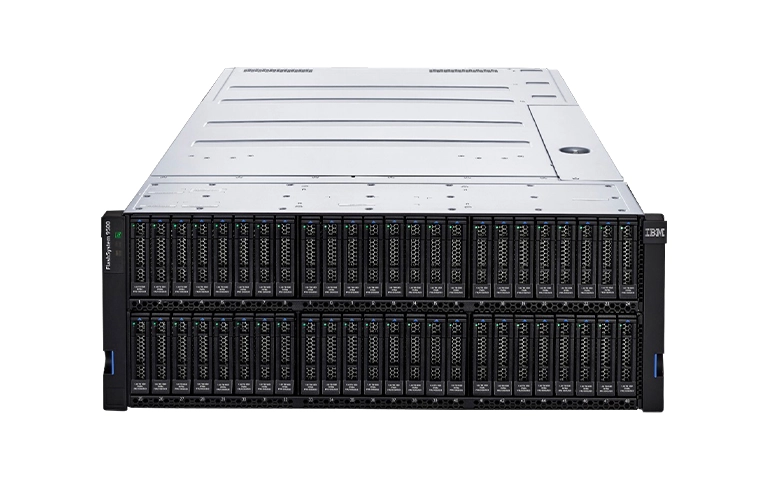
Background: IBM Storwize V3700 Failure
A mid-size financial services firm contacted us after their IBM Storwize V3700 SAN suddenly reported multiple drive alerts and eventually lost access to all storage pools. Their infrastructure team observed:
All drives were showing as degraded in the V3700 management GUI
Host systems (VMware ESXi) reported datastores as offline
Attempts to reboot the controllers and reseat drives failed
No recent backup existed for the affected volumes
The storage system was hosting mission-critical workloads, including:
Virtual machines (VMFS volumes)
SQL database instances
Financial records and user directories
Given the risk of permanent data loss, the drives were immediately removed and shipped to our lab for evaluation.
To learn more about our specialized SAN data recovery capabilities, including IBM Storwize systems, visit our San Data Recovery Services page.
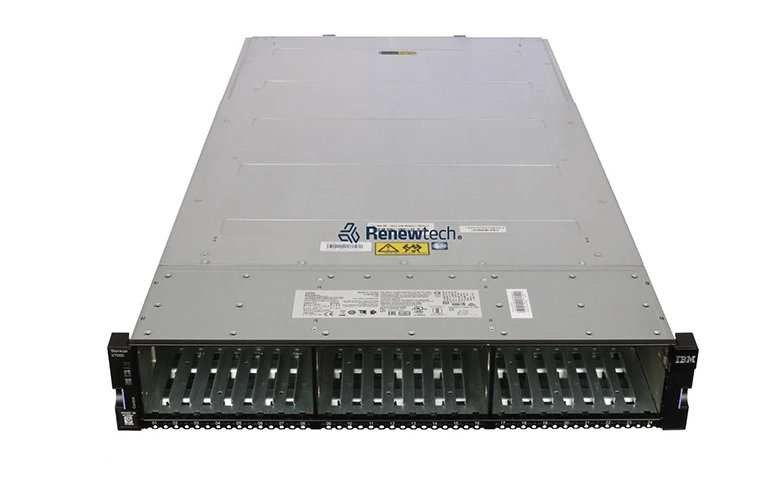
Understanding IBM Storwize Architecture
The IBM V3700 doesn’t use conventional RAID alone, it adds an abstraction layer called RAID Virtualization, which pools raw disks into “storage pools” and carves out virtual disks (vDisks) from them. Key complexities include:
Multiple tiers of RAID (RAID 5/6 groups within pools)
Striping across dozens of drives
Dynamic provisioning and thin volumes
Proprietary metadata structures
This structure is robust in live systems but extremely difficult to recover outside IBM hardware.
If you’re dealing with failed virtual environments or corrupted VMFS volumes, learn more about our virtualization data recovery solutions tailored for complex SAN platforms.
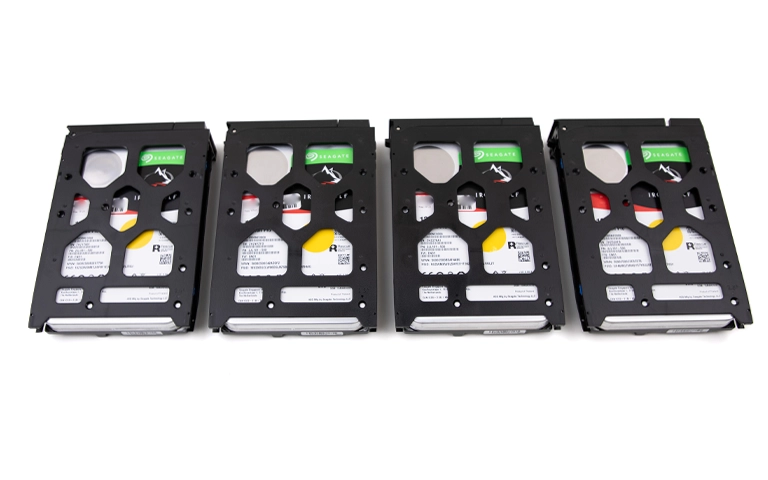
Initial Evaluation: Drive Status and Damage Assessment
We received 24 drives (SAS, 2.5″, 10K RPM) from the client’s V3700 enclosure
Our findings:
8 drives had SMART warnings with reallocated sectors
3 drives had critical read errors or pending failure
13 drives were healthy but out of sync due to controller-level failure (for a deeper dive into RAID controllers, see our blog on what a RAID controller is)
The internal RAID metadata and virtualization maps were inconsistent
Since the array was entirely dependent on IBM’s controller software, it could not be reconstructed using traditional RAID tools.
Fast turnaround times for business-critical data
Recovery Process: Virtual RAID Reassembly and vDisk Extraction
After receiving the NAS and all drives, our engineers followed a structured and risk-mitigated approach:
Each drive was imaged using forensic-grade duplicators. Drives with bad sectors were stabilized, and imaging was retried multiple times with adaptive read settings.
Our engineers manually parsed low-level disk headers to identify:
RAID group layout (strip size, parity order)
Disk order and virtual pool alignment
vDisk mapping and logical volume definitions
We successfully reconstructed the RAID 5 sets within each storage pool based on raw hex-level inspection and metadata analysis.
Once RAID pools were emulated, we recovered:
VMFS volumes containing VMware VMs
A standalone NTFS volume for archived financial data
SQL Server database files (.MDF/.LDF) from the raw vDisks
Data was extracted into mountable disk images and validated for completeness.
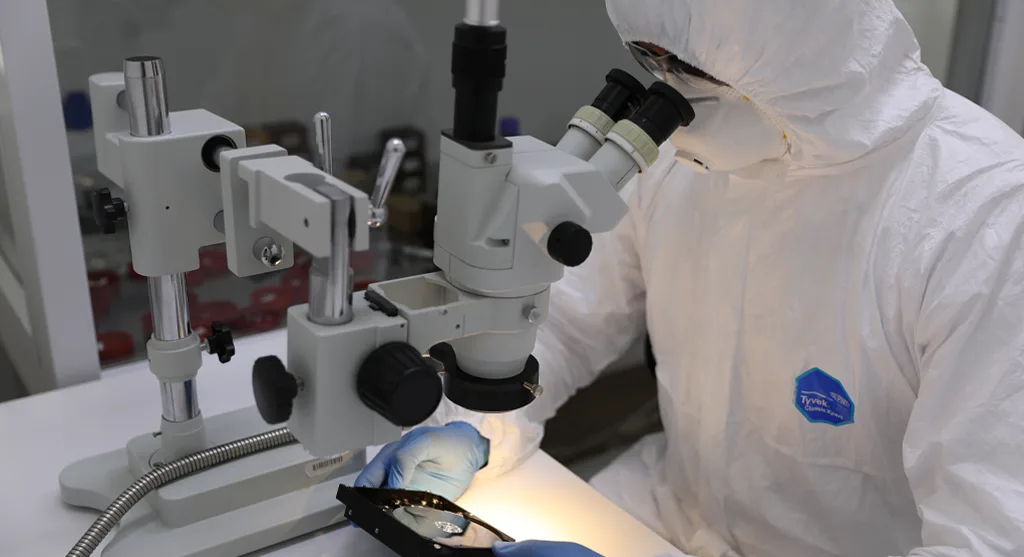
Recovery Results and Client Delivery
After data recovery was complete, we:
Verified virtual machine boot integrity
Tested SQL database consistency
Conducted file integrity scans for corruption
Organized a remote data verification session with the client’s IT lead
The client confirmed that all critical files and VMs were recovered. Recovered data was delivered on multiple encrypted external drives for reintegration into their new storage environment.
Recovery Summary
System: IBM Storwize V3700
Total Drives: 24 (SAS 10K, 600GB each)
RAID Layout: Multiple RAID 5 groups with IBM virtualization
Failure Mode: All drives degraded due to controller/software failure
Recovery Time: 7 business days (expedited case)
Success Rate: 99.2% of client-requested data recovered
Lessons and Recommendations for IBM Storwize Users
To prevent data loss in enterprise SAN environments:
Implement external backups of all volumes, not just snapshots
Monitor SMART status of all drives regularly via IBM CLI tools
Avoid forced rebuilds or pool deletions after drive alerts
Replace failing drives proactively, not only after controller warnings
Use multi-site replication or object-level backups for critical data
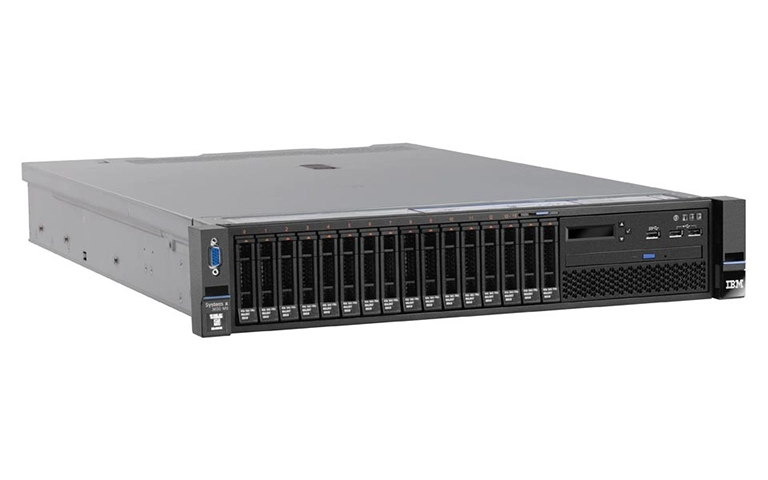
Trust the experts with proven results
Need Help with IBM Storwize Recovery?
If your IBM Storwize V3700 or other enterprise storage system has suffered a multi-drive failure, contact RAID Recovery Services.
We specialize in advanced SAN/NAS platforms with proprietary RAID layers, including:
IBM Storwize and DS Series
Dell EMC and EqualLogic
NetApp ONTAP
HPE 3PAR and Nimble
Our secure labs and highly trained engineers are ready to recover your virtualized environments, no matter how complex.